Try Default

See how revenue teams automate revenue operations with Default.

Key Takeaways
Key takeaways
- Default: Built for RevOps teams running high-intent inbound—Default unifies enrichment, routing, and scheduling to accelerate speed-to-lead and increase demo conversion.
- Cognism: Best for EMEA-focused sales teams that need GDPR-compliant, phone-verified data with strong mobile coverage.
- Lusha: A lightweight contact tool for SMBs running quick-start outbound via LinkedIn and Chrome extensions.
- UpLead: Focused on accurate, verified data—great for outbound teams that prioritize deliverability and want clean exports.
As inbound workflows evolve, GTM and RevOps teams are realizing that outbound-first databases weren’t built for today’s speed-to-lead demands. ZoomInfo may be the default for contact data, but its disconnected enrichment, rigid contracts, and demo-killing lag are starting to show.
If you’re running a high-intent funnel and struggling with slow handoffs, brittle integrations, or bloated pricing, it’s time to rethink your stack.
This guide breaks down the top 11 ZoomInfo alternatives for 2025, with a focus on:
- Who each platform is best for
- What GTM motions they support
- Where they outperform ZoomInfo (and where they don’t)
You’ll also get a side-by-side comparison table to help you shortcut evaluation and find a tool that matches your motion—not just your contact list.
ZoomInfo alternatives comparison table
Default
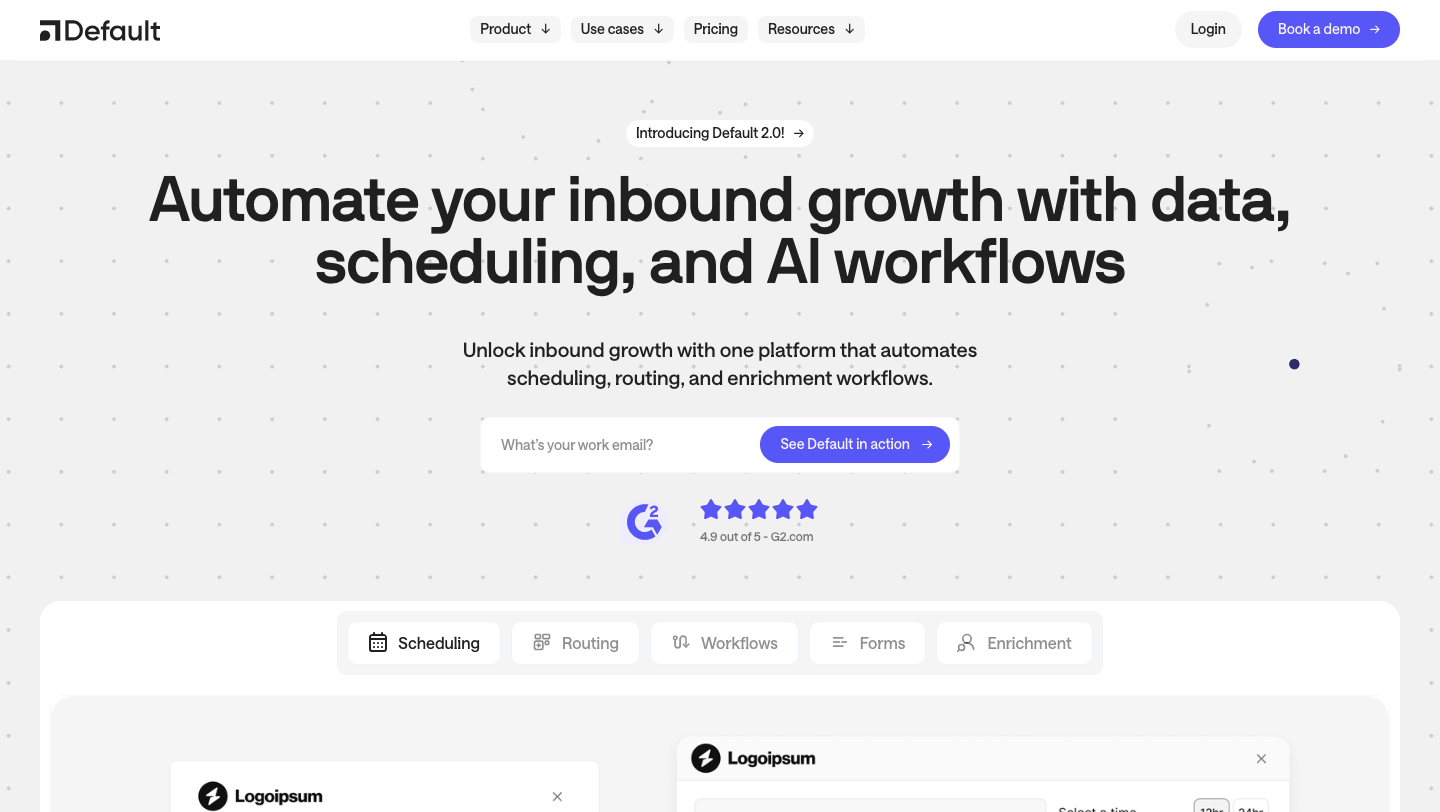
Instead of gluing together five tools just to get a lead from form to demo, Default runs the whole flow—enrichment, routing, scheduling, and CRM sync—in one system. No hacks. No lag. No misroutes.
It’s not just about consolidation—it’s about precision. Default qualifies and assigns leads in milliseconds, using real-time enrichment, AI-based routing, and fallback logic that handles no-shows, rep availability, and more—without ever touching Zapier.
If your GTM motion is inbound-first and speed-to-lead actually matters, Default gives you what most stacks can’t: structure, control, and full visibility from capture to calendar.
Key features
AI-powered routing that adapts in real time
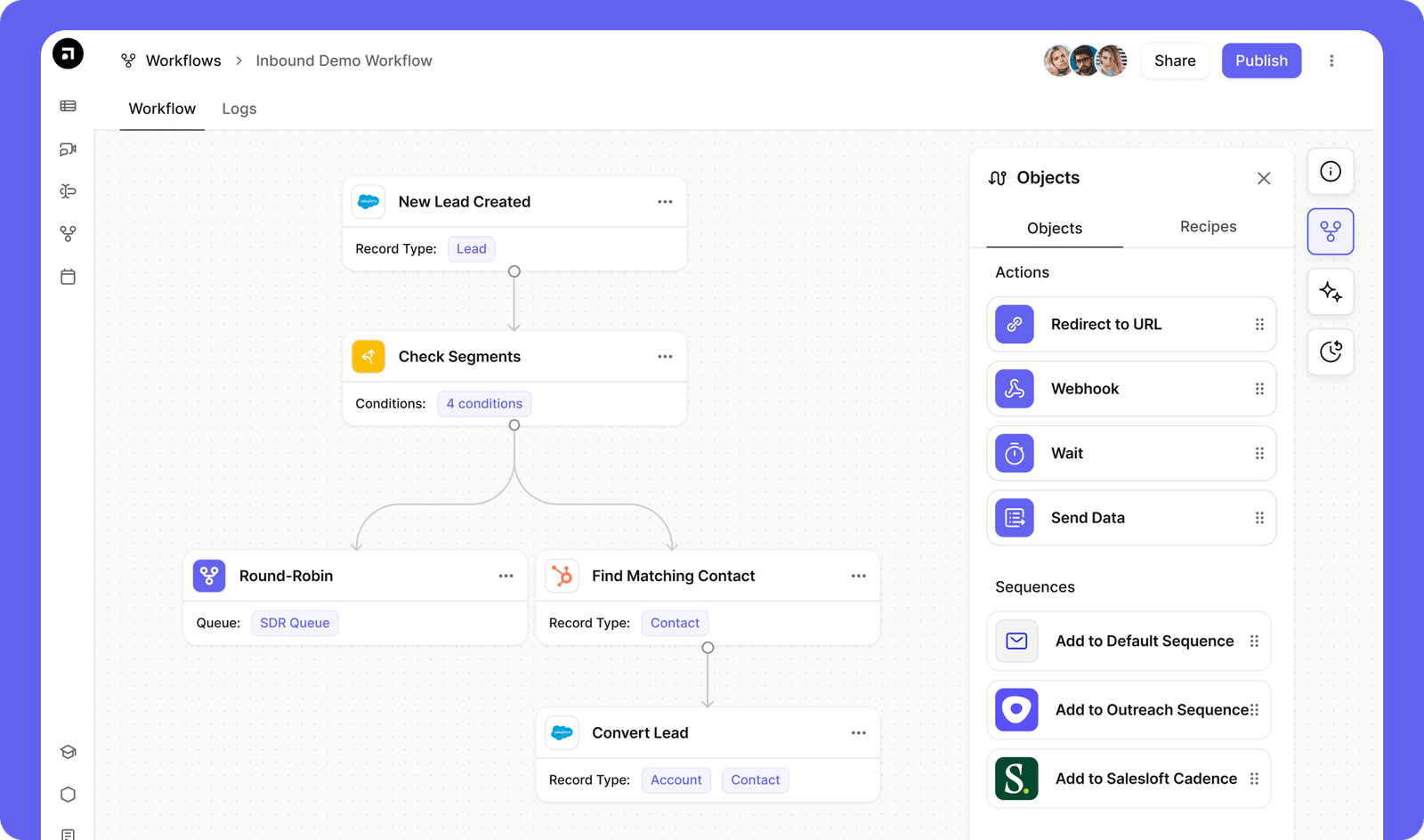
Default routes leads in seconds, using any combination of territory, deal size, product line, or rep availability. Rules can be updated by RevOps instantly, with no dev lift. The result? 100% accurate routing, 10x less admin, and 25% higher win-rates.
Whether you’re routing enterprise buyers by vertical or fast-tracking self-serve leads to BDRs, Default adapts automatically to your GTM motion.
Real-time enrichment layered with session intent
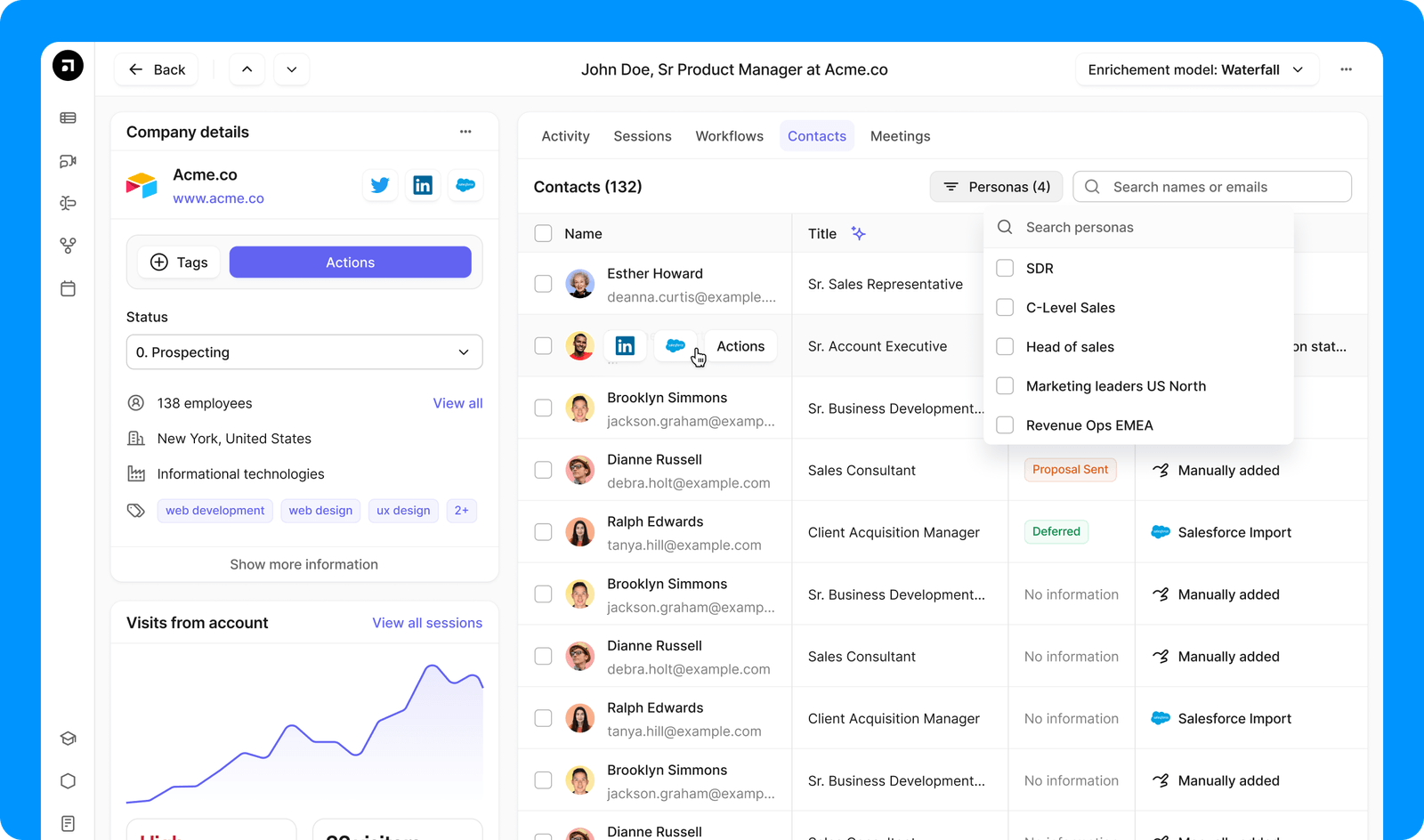
Default enriches leads the moment they hit your form, pulling firmographic and technographic data from multiple sources and overlaying live intent signals from your website. Your team can prioritize follow-up not just by ICP fit, but by actual buying behavior.
That means smarter scoring, tighter SLAs, and less time chasing cold leads.
Instant scheduling with fallback automation
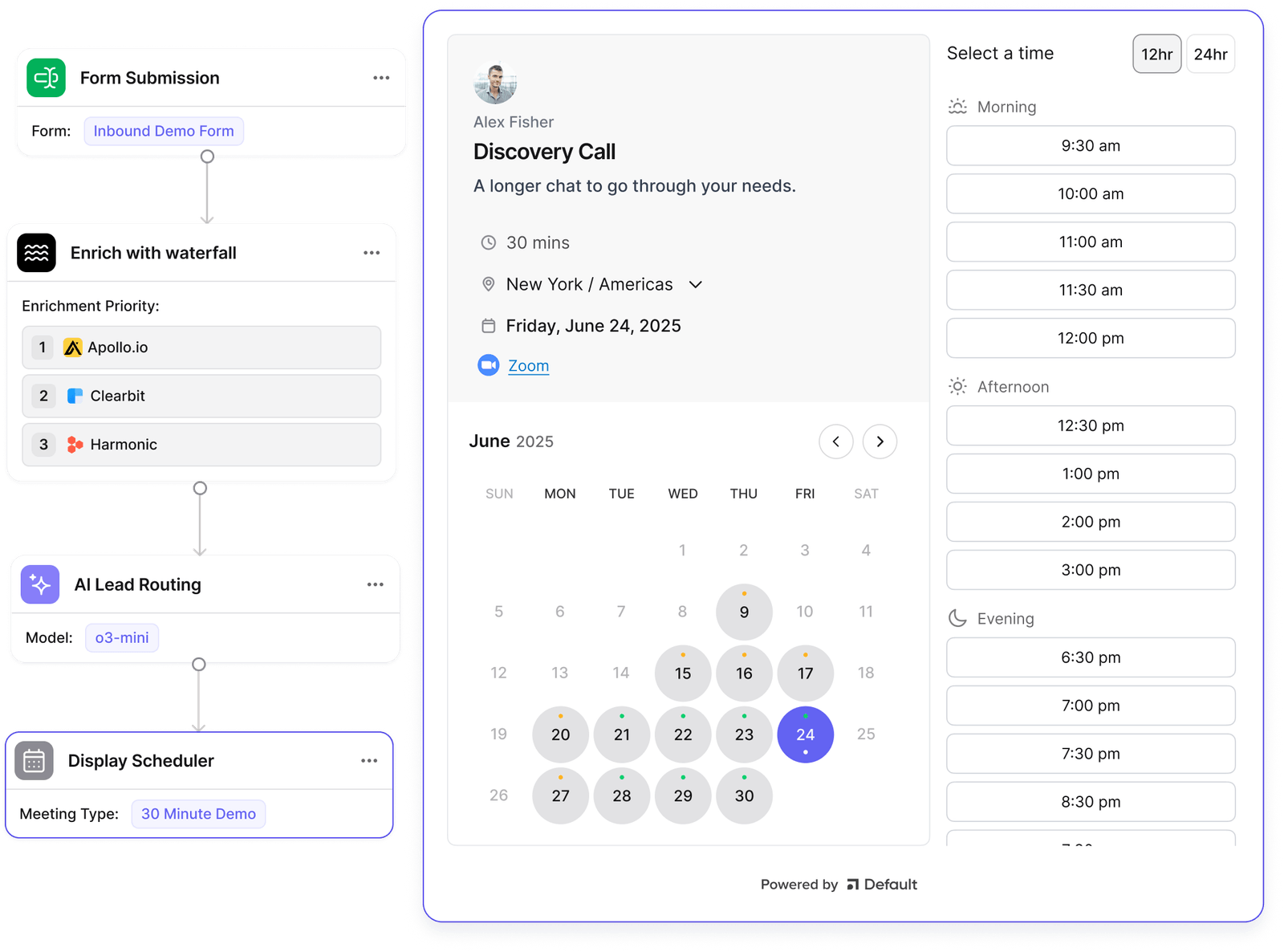
After qualification, Default shows the right calendar automatically and handles rerouting if no rep is available. If a prospect no-shows or cancels, Default re-engages based on your rules: rebook, resurface, or reassign.
You recover pipeline that would otherwise go cold, without lifting a finger.
Pricing
Default uses flexible, usage-based pricing designed to scale with your GTM complexity.
Note: All plans include unlimited hosted forms and CRM + workflow triggers. Default only charges for active GTM users—editor seats are always free.
Where Default shines
- Unified GTM orchestration in one canvas: Default replaces 4–6 tools with a single inbound flow—handling form capture, enrichment, routing, scheduling, and CRM sync in one motion. That means fewer integration points, fewer failure modes, and full visibility from lead to demo.
- Speed-to-lead that drives real pipeline impact: Every millisecond counts. Default enriches, qualifies, and routes leads in seconds—cutting delays that cost meetings. The result: more qualified demos, higher show rates, and faster sales cycles.
- Operational control without dev bottlenecks: RevOps owns the workflow. With a no-code UI, teams can change routing logic, update fallback conditions, or adjust lead assignment rules—without waiting on engineering or triggering QA debt.
Where Default falls short
- Not designed for outbound-first GTM teams: Default is purpose-built for inbound orchestration, not outbound list building, sequencing, or dialing. If your motion depends on cold outreach at scale, platforms like Apollo or Outreach may be a better operational fit.
Customer reviews
“We use Default to route new product qualified leads to our sales team. We were able to migrate all lead routing workflows off of Zapier over to Default in a matter of hours.” - verified G2 reviewer
“Default has a great process to build unique flows that go beyond just calendar booking. Sure, they do that. But they're also a data integrator. Think Lean Data mixed with Chili Piper mixed with Clay all wrapped up in one solution.” - Joseph B., verified G2 reviewer
Who Default is best for
- RevOps teams: Orchestrating inbound from form fill to demo—without stitching together brittle, multi-tool stacks.
- GTM leaders: Unifying enrichment, routing, and scheduling to drive speed-to-lead and funnel accountability.
- Inbound-focused orgs: Prioritizing real-time lead handling, clean CRM data, and measurable pipeline lift.
Clearbit
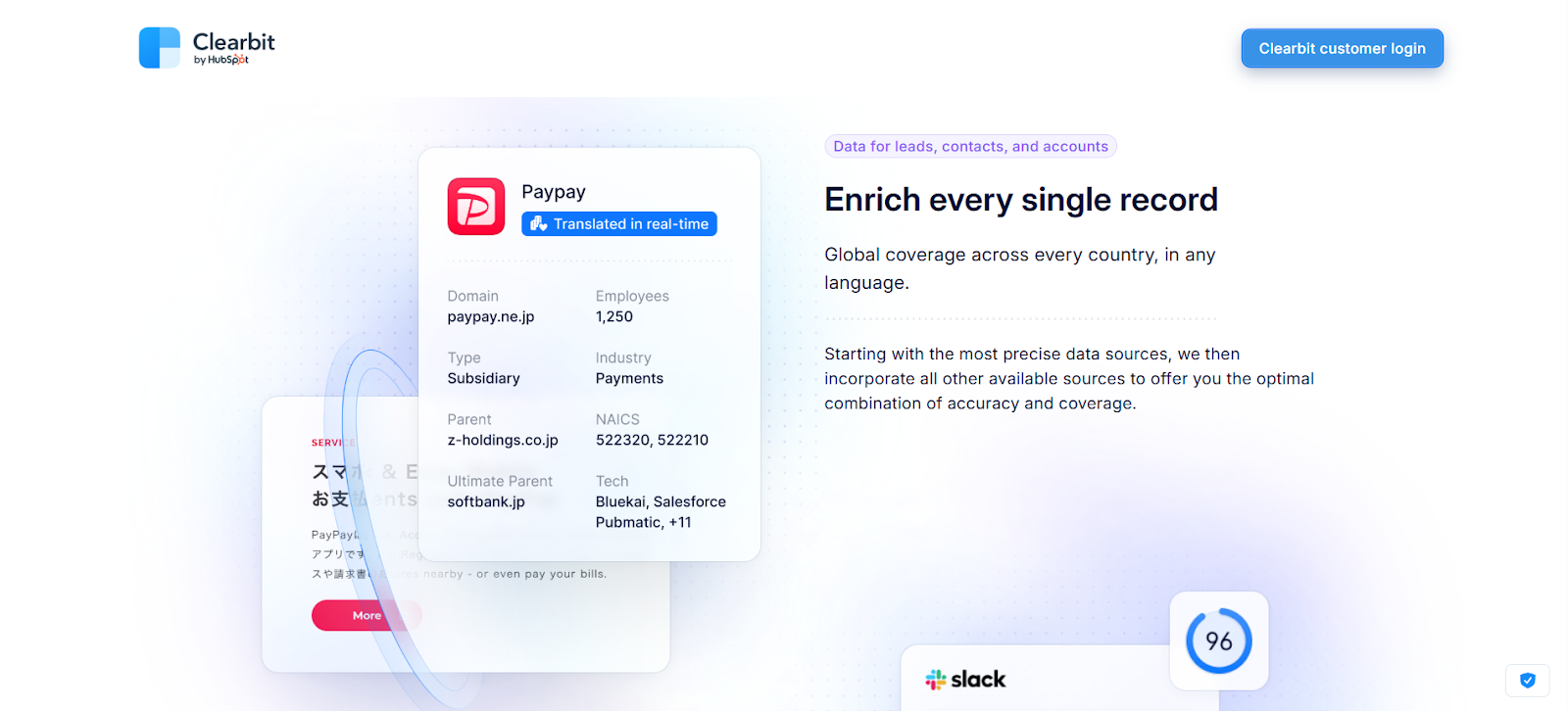
Clearbit is a lean enrichment tool built for inbound GTM teams that care about speed and flexibility. It plugs into your site, enriches leads the moment they submit a form, and reveals who’s visiting—even if they don’t convert.
It’s often used by marketing or RevOps teams who want clean data and intent signals without the complexity of a full sales engagement suite. That said, it stops at enrichment—you’ll need to connect a sequencer, dialer, or router if you want to act on the insights in real time.
Key features
- Real-time enrichment: Instantly populates lead data as it’s captured—fueling faster qualification and routing.
- Anonymous traffic reveal: Identifies site visitors and pushes account-level intent alerts directly into Slack or your CRM.
- Segmentation builder: Slice and target audiences dynamically using traits, tech stack, or behavior—ideal for retargeting and ABM triggers.
Pricing
Where Clearbit shines
- Real-time GTM data: Enrichment and intent alerts trigger natively via API—no lag, no bloat.
- Website intelligence: Turns anonymous traffic into a pipeline by revealing buyer-level firmographics.
- Dev-first flexibility: Integrates smoothly into custom stacks via a clean, reliable API.
Where Clearbit falls short
- Limited contact depth: No prospecting database or manual search—best for enrichment, not discovery.
- No native outreach: You'll need to plug in a sequencer or dialer to act on the insights.
- Not built for outbound motions: SDR teams at scale may hit feature ceilings without additional tooling.
Customer reviews
“The slack integration makes it easy to set triggers to get notified when identified traffic has hit your site.” - Sean K., verified G2 reviewer
“The annual licensing cost is outrageous. This means that smaller companies and independent agents will most likely be unable to use Clearbit, and that's unfortunate.” - Stacy V., verified G2 reviewer
Who Clearbit is best for
- Inbound GTM teams: that prioritize real-time lead insights and need fast, flexible enrichment that plugs into existing workflows.
Apollo.io
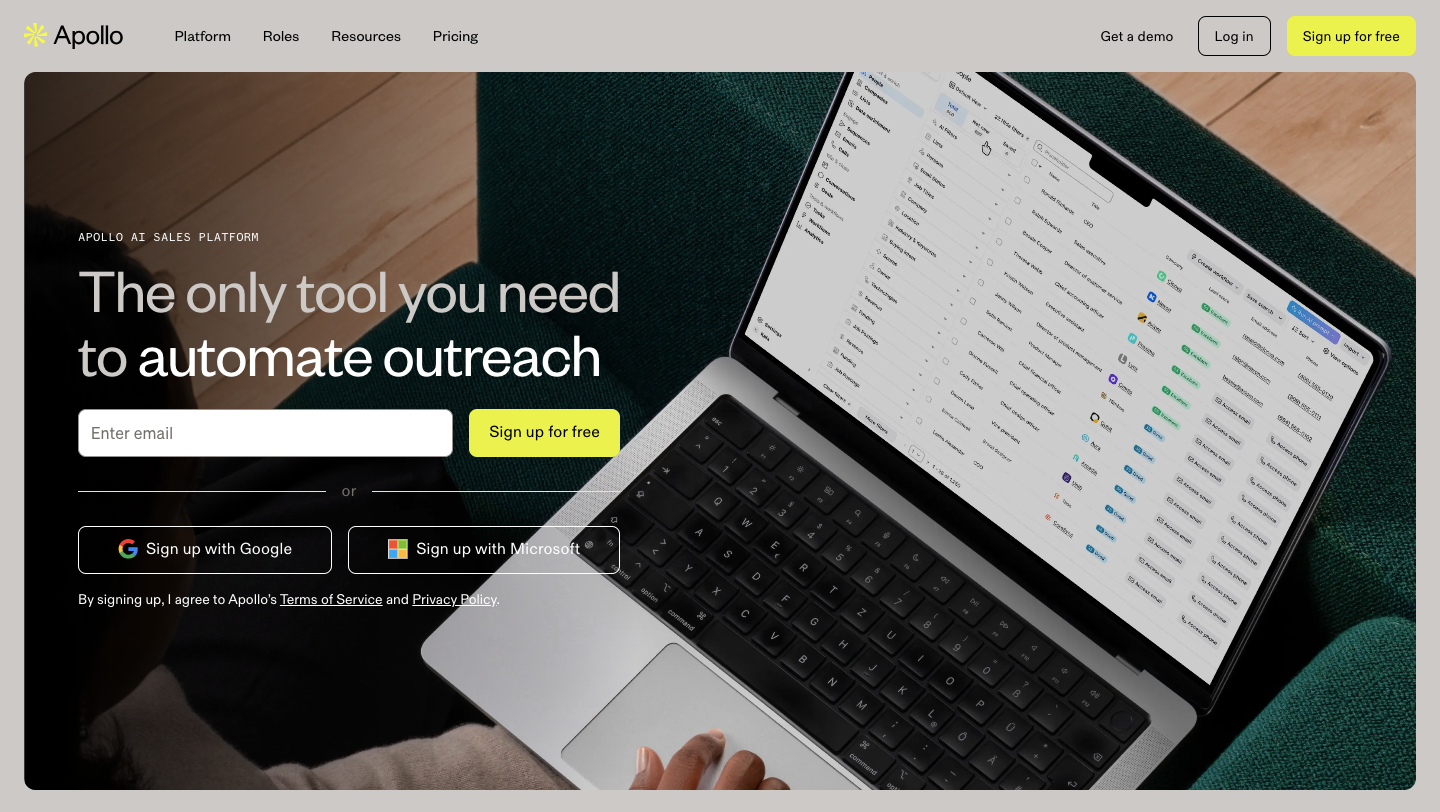
Apollo.io is built for outbound sales teams that want to move fast without stacking tools. It combines a large B2B contact database with built-in email and dialer tools, so SDRs can prospect, sequence, and engage—all inside one platform.
It’s a strong fit for sales-led motions that rely on volume outreach and self-serve workflows. But it stops at outbound—there’s no support for inbound routing, demo scheduling, or speed-to-lead orchestration.
Key features
- 275M+ contact database: Filter by seniority, tech stack, hiring intent, and more for precision prospecting.
- Native email + dialer tools: Run multi-touch outbound campaigns directly inside Apollo—no integrations needed.
- CRM sync + auto-enrichment: Keep your pipeline clean with enriched records and real-time updates to Salesforce, HubSpot, and others.
Pricing
Note: The "Organization" plan requires a minimum of 3 users and is billed annually. The pricing plans are credit-based—add-on credits and features like call minutes and enriched records may incur extra charges depending on usage.
Where Apollo.io shines
- All-in-one prospecting stack: Combines search, enrichment, and engagement in one fast-moving platform.
- Quick setup: SDRs can launch campaigns in hours, not weeks—no dev or ops bottlenecks.
- Budget-friendly tiers: Transparent pricing with strong feature depth at entry levels.
Where Apollo.io falls short
- No inbound workflows: No support for routing, form capture, or demo scheduling—unlike Default.
- Limited automation logic: AI capabilities are basic; lacks fallback routing, prioritization, or demo resurface.
- Varying data accuracy: Some bounce risk in niche verticals or under-sourced regions.
Customer reviews
“Apollo.io is most useful to me because of its automation capabilities. It allows me to either select a list of sales prospects within the platform or import one from external sources.” - Michael P., verified G2 reviewer
“The user interface can sometimes feel a bit cluttered, especially for new users trying to navigate between prospecting, sequences, and analytics. Additionally, while the email deliverability is generally solid, there have been occasional issues with bounce rates or delays in sending”. - Rawan M, verified G2 reviewer
Who Apollo.io is best for
- Sales-led GTM teams: needing a fast, self-serve platform for prospecting, enrichment, and outbound engagement—all under one roof.
6sense
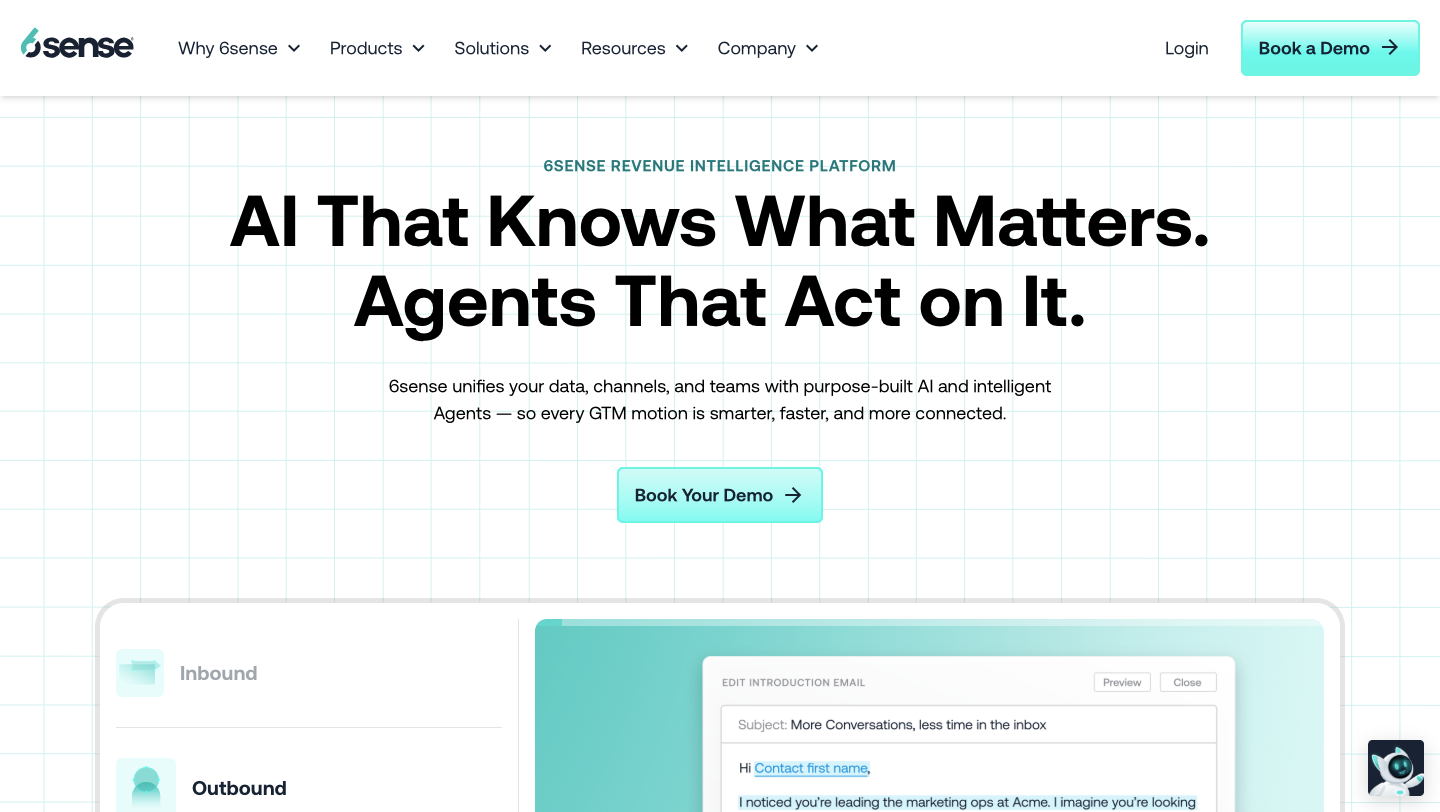
6sense is built for enterprise GTM teams running account-based plays at scale. It layers predictive intent data, buyer journey insights, and cross-channel orchestration to help sales and marketing align around in-market accounts.
It’s best suited for orgs with complex buying committees and mature ABM infrastructure. But if your team needs fast routing, demo scheduling, or inbound precision—it’s not built for that motion.
Key features
- Predictive intent engine: Surfaces high-fit, in-market accounts before they fill out a form, based on behavioral and firmographic signals.
- Buyer journey mapping: Tracks where each account is in the funnel, so teams can personalize outreach with precision.
- Cross-channel orchestration: Launch ABM campaigns across ads, sales outreach, and email, all informed by real-time intent.
Pricing
Note: 6sense pricing is custom. Data credits unlock + export emails, phone numbers, and enriched records. You will need to book a demo to get a tailored quote.
Where 6sense shines
- Enterprise ABM at scale: Built for multi-channel execution and deep segmentation across large buying committees.
- AI-powered prioritization: Helps RevOps and marketing allocate resources based on predictive pipeline value.
- Deep integrations: Strong native connectivity with Salesforce, ad platforms, and marketing automation tools.
Where 6sense falls short
- Steep learning curve: Setup and value realization require time, expertise, and ongoing optimization.
- Premium pricing: Often out of reach for SMBs or mid-market teams with leaner budgets.
- Not built for inbound speed: Lacks the real-time form routing, scheduling, or speed-to-lead capabilities of Default.
Customer reviews
“I love 6sense Sales Intelligence because it gives me real-time visibility into buyer intent, so I can prioritize leads that are actually in-market.” - Sean T., verified G2 reviewer
“There are some gaps with the CRM integration within my organization and ofent times accounts are pulled in that are not mine which waste some of my time.” -
Dalton L., verified G2 reviewer
Who 6sense is best for
- Enterprise ABM orgs: that need predictive targeting, buyer journey intelligence, and multi-channel campaign orchestration.
Cognism
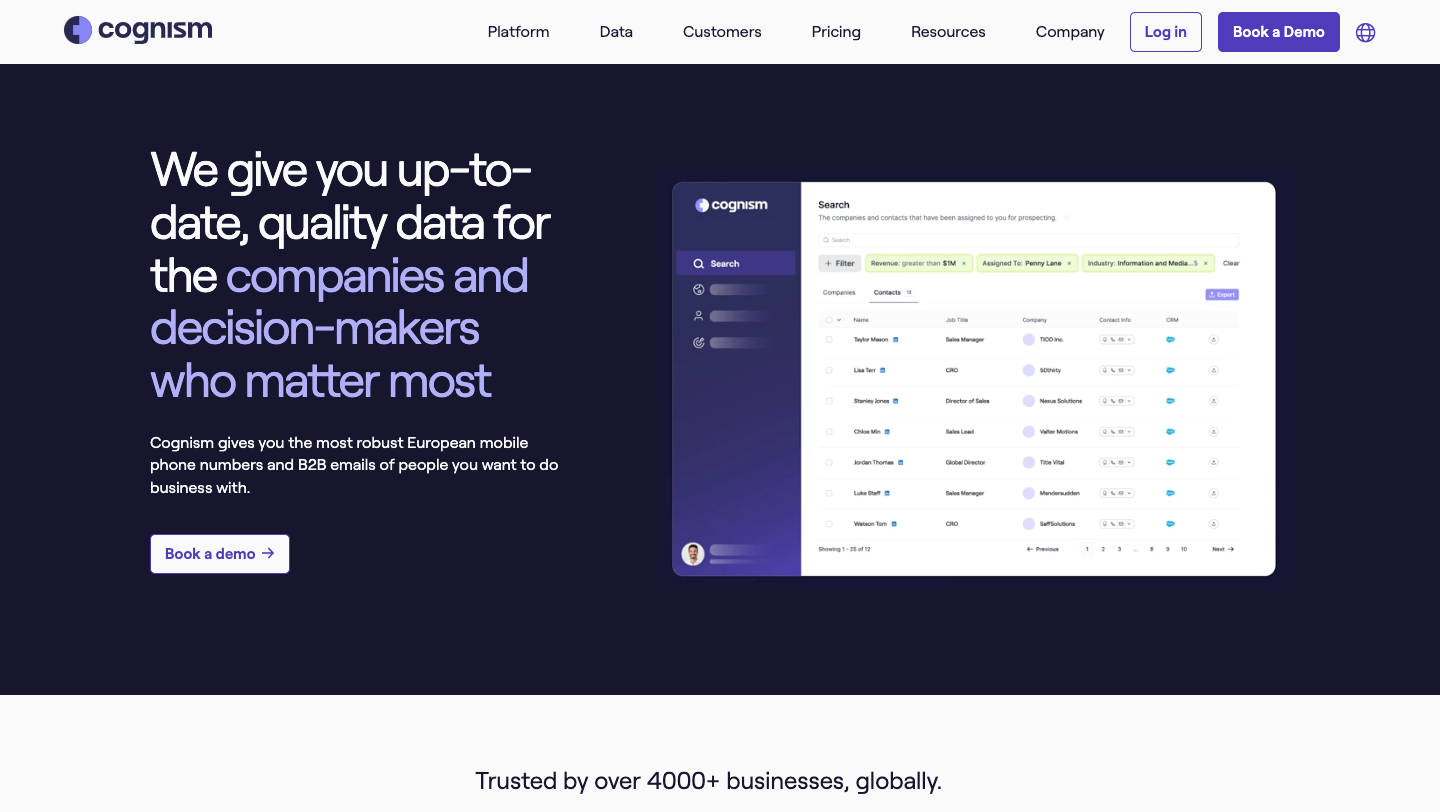
Cognism is designed for outbound sales teams operating in GDPR-heavy regions like the UK and wider EMEA. It prioritizes compliance, phone accuracy, and mobile data coverage—especially where ZoomInfo often struggles with regulations or reach.
It’s well-suited to GTM teams that need audit-ready records and verified direct dials. But if you’re focused on North America or need inbound orchestration, Cognism may not cover all the bases.
Key features
- GDPR-compliant contact data: All records include opt-in proof, audit trails, and verification metadata, ensuring legal peace of mind.
- Intent + technographic signals: Prioritize outreach based on what accounts use and what they’re showing interest in.
- Diamond Data®: Cognism’s proprietary mobile number verification standard—engineered for accuracy and low bounce rates.
Pricing
Note: Pricing is quote-based. All Cognism plans include Diamond Data®, verified mobiles, and compliance-ready contact enrichment. You’ll need to fill out a form to get a customized quote.
Where Cognism shines
- Best-in-class for EMEA: Market-leading coverage across Europe with local regulatory compliance built in.
- Privacy by design: Legal and ops teams trust Cognism for opt-in support and data traceability.
- Verified mobile data: High accuracy on direct dials, particularly for EMEA markets.
Where Cognism falls short
- Limited U.S. coverage: Teams targeting North America may find regional data gaps.
- No engagement tools: You’ll still need dialers, sequencers, or CRMs for outreach execution.
- UI learning curve: Some users report that onboarding and workflow configuration take time.
Customer reviews
“Very simple to use interface. Allows you to set a huge variety of filters for the type of people you're after. Easy to use export function as well.” - Thomas E., verified G2 reviewer
“There is a need for it to improve its prospecting capabilities, also it can improve it's customer support.” - verified G2 reviewer
Who Cognism is best for
- EMEA-focused GTM teams: that need compliant, high-accuracy contact data with mobile coverage and privacy assurance.
Lusha
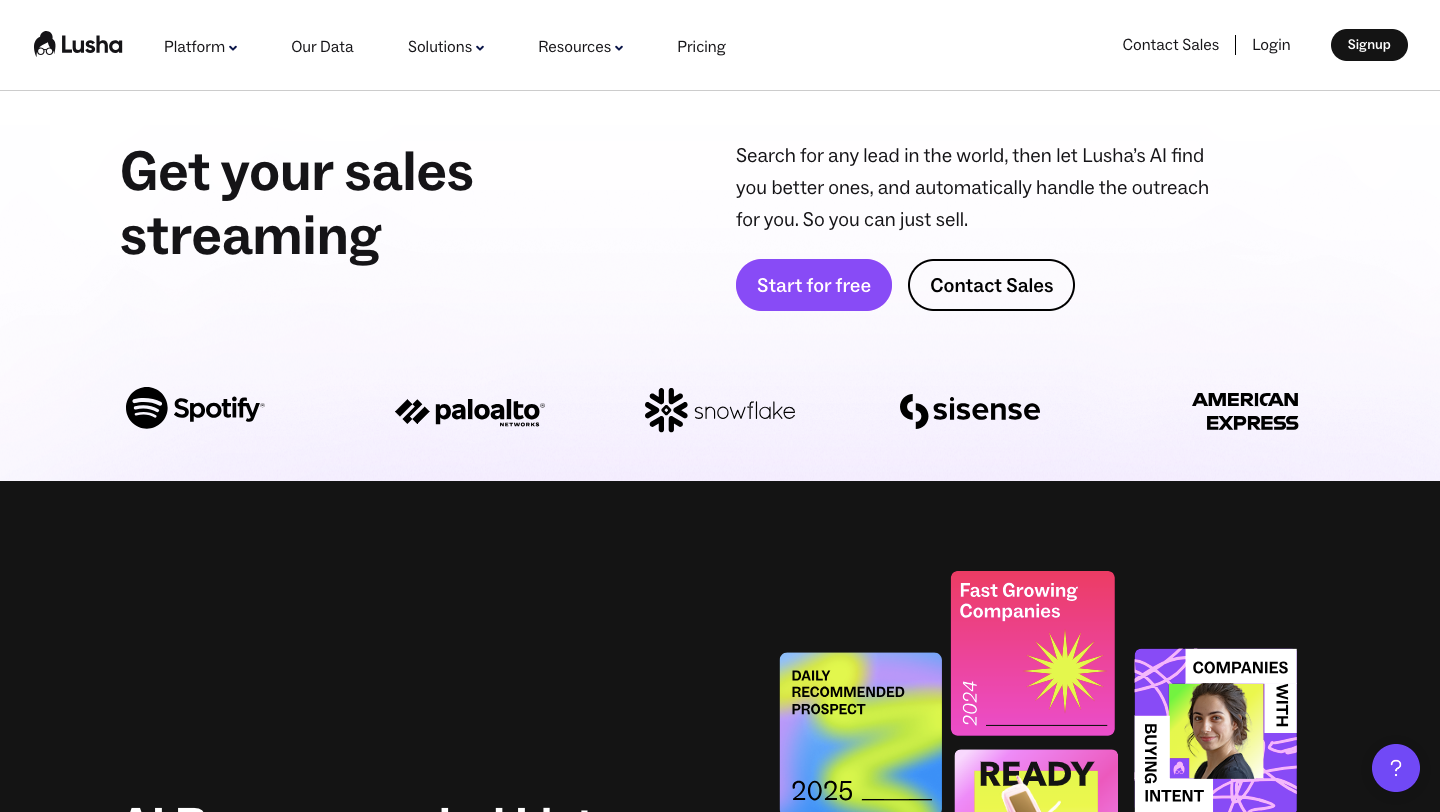
Lusha is built for outbound sales teams that want quick access to contact data—without a long setup or steep price tag. It runs through a Chrome extension, pulling phone numbers and emails from LinkedIn or company sites in seconds.
It’s a solid option for SMBs or early-stage teams that need to get prospecting fast. But it lacks sequencing, routing, or any kind of inbound workflow—so it’s best used as a lightweight data layer, not a full GTM platform.
Key features
- Chrome extension for prospecting: Pull verified contact info while browsing LinkedIn or websites—no need to leave your browser.
- Enrichment API: Automate contact syncing into your CRM or outbound stack with flexible enrichment endpoints.
- Team dashboard: Track usage, manage credits, and configure access across reps from a simple admin console.
Pricing
Note: Lusha only charges for credits used. All paid plans include rollover (up to 2x limit), phone + email enrichment, and integrations with major CRMs.
Where Lusha shines
- Fast onboarding, zero friction: Start prospecting in minutes—perfect for lean sales teams without technical support.
- SDR-friendly UI: Minimal learning curve. Reps can self-serve without training or integration hurdles.
- Cost-effective entry point: Great alternative for teams priced out of ZoomInfo but still need solid B2B contact data.
Where Lusha falls short
- No inbound capabilities: Doesn’t handle form capture, lead routing, or scheduling—unlike platforms like Default.
- Workflow limitations: No sequencing or campaign automation—requires pairing with engagement tools.
- Spotty global coverage: Accuracy varies outside core U.S. and LinkedIn-visible segments.
Customer reviews
“Lusha has enabled be to kickstart my market research. I am now able to find details of potential customers and also of prospects whose other details I do not know.” - Syed A., verified G2 reviewer
“Not always having the right information is a big one. Another is it will sometimes pull incorrect information from Linkedin (especially if someone has their PHD or MD next to their name).” - Rachel R., verified G2 reviewer
Who Lusha is best for
- Outbound SMB sales teams: that need fast, low-cost access to verified contact data without complex tools or contracts.
LeadIQ
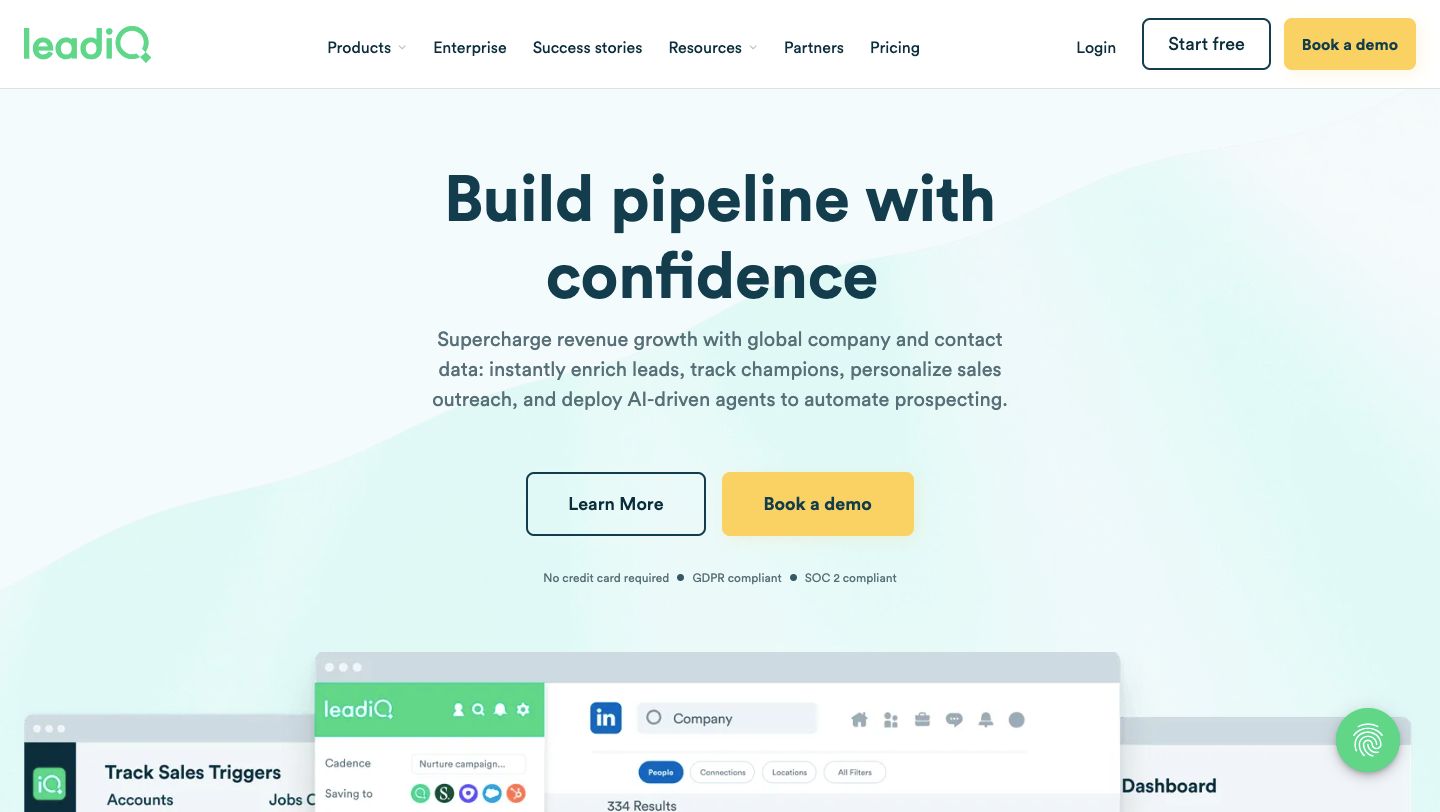
LeadIQ is made for outbound reps who prospect directly on LinkedIn. It sits in your browser, letting you capture contact details in real time and sync them straight into your CRM or sequencing tool, without tab switching or spreadsheets.
It’s a strong fit for hands-on SDRs who build lists manually. Just keep in mind it’s focused purely on capture and sync—no native routing, scheduling, or deep enrichment logic.
Key features
- LinkedIn contact capture: Enrich and sync verified emails and phone numbers directly from LinkedIn profiles, while browsing.
- CRM & sales engagement syncs: Push contact data to Salesforce, Outreach, Salesloft, and HubSpot with one click.
- Team collaboration tools: Use shared tags, campaign tracking, and account assignment features across distributed teams.
Pricing
Where LeadIQ shines
- Built for LinkedIn workflows: Ideal for reps who prospect manually and want to capture leads in real time.
- Instant CRM sync: Reduces lag between discovery and execution—no more spreadsheet exports.
- Collaborative features: Helps larger teams coordinate prospecting across shared campaigns.
Where LeadIQ falls short
- Limited data depth outside LinkedIn: Less useful for verticals where targets don’t live on LinkedIn.
- No routing or scheduling logic: Can’t support inbound workflows or post-lead automation like Default.
- Coverage gaps in niche/global segments: May lack verified data for hard-to-source personas.
Customer reviews
“I like the ease of use and especially enjoy the plug ins where I can highlight a name and search their contact info all in one step.” - Dani L., verified G2 reviewer
“It gives me a lot of wrong numbers; lots of times I'm calling the wrong person. Sometimes prospects can't be imported from LeadIQ into my outreach tool and its not always clear why.” - Matt Z., verified G2 reviewer
Who LeadIQ is best for
- Outbound reps prospecting on LinkedIn: who want to capture, enrich, and sync leads without leaving their browser.
Seamless.ai
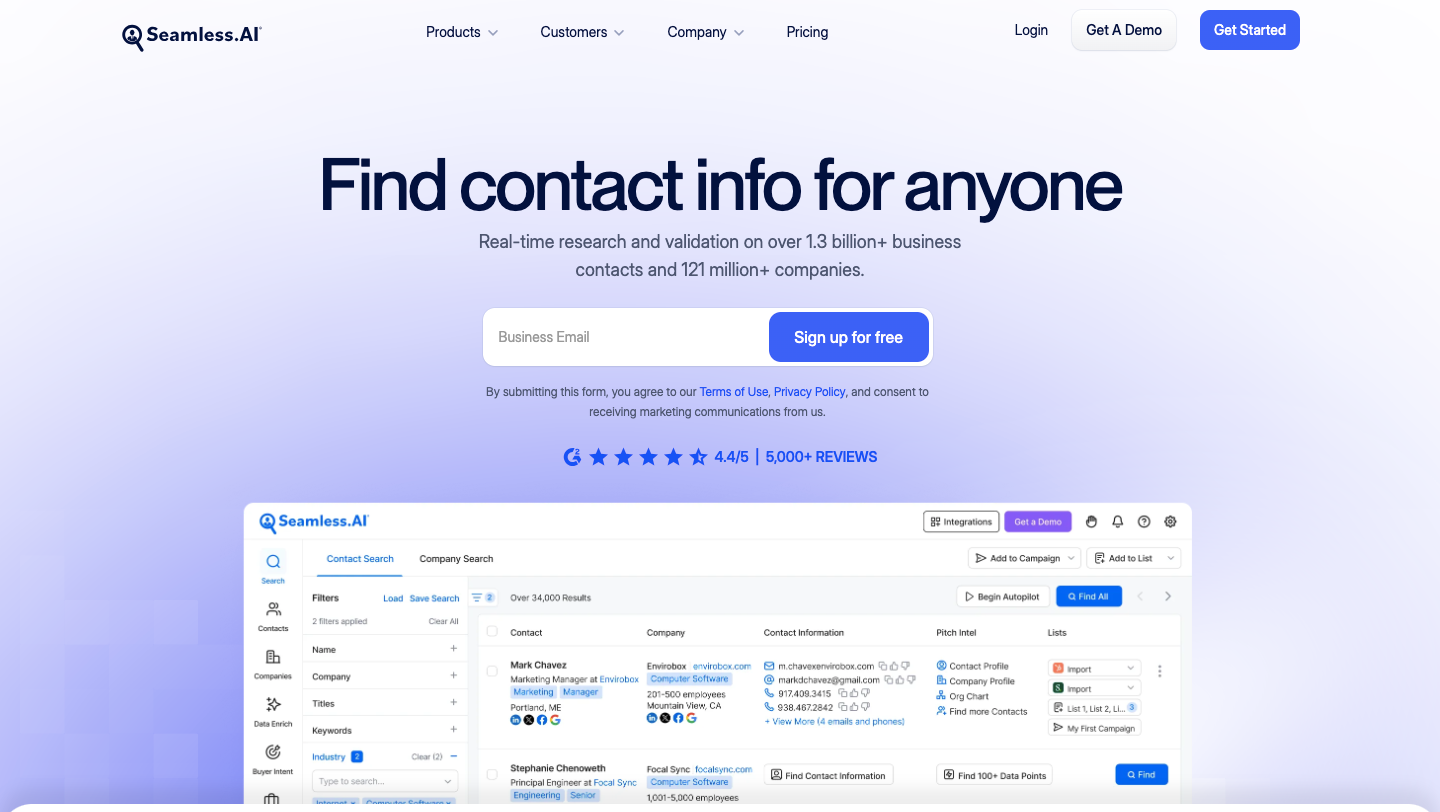
Seamless.ai is designed for outbound sales teams that care more about volume than pinpoint accuracy. It scrapes the web in real time to generate contact data and bundles that with built-in calling and email tools—so reps can move fast without relying on external platforms.
It works best for high-velocity teams that want fresh contacts daily and don’t need tight compliance or enrichment depth. But if you're selling into regulated industries or care about CRM hygiene, you'll likely need to add guardrails elsewhere.
Key features
- Real-time contact search engine: Continuously crawls websites, social media, and public sources to surface new contact data.
- Built-in dialer and outreach tools: SDRs can call, email, and drop voicemails directly from the platform.
- CRM + engagement sync: Integrates with Salesforce, Outreach, and HubSpot for streamlined prospecting flows.
Pricing
Note: Add-ons like AI Assistant, Job Changes + Buyer Intent are available separately; all plans include the core contact search engine.
Where Seamless.ai shines
- High-volume contact generation: Best for SDRs doing large-scale outbound who need fresh lists daily.
- All-in-one prospecting stack: Combines search, calling, and email in a single platform.
- Fast refresh cycles: Contacts are updated frequently with web-scraped insights.
Where Seamless.ai falls short
- Lower data accuracy: Scraped contacts can lead to bounce rates, especially in niche or regulated markets.
- Weak compliance: Lacks strong GDPR/CCPA coverage—less suited for EMEA or regulated industries.
- No GTM orchestration: Not designed for inbound routing, scheduling, or RevOps-led workflows like Default.
Customer reviews
“Seamless.ai makes lead generation quick and easy with simple search relevantly easy compared to it's competitor. It provides accurate contact details within seconds and the list management is an awesome feature too.” - Zee Waqar A., verified G2 reviewer
“Two things: I find 50% of my email addresses are incorrect and I also find creating lists and keeping them seperate is difficult.” - Bill C., verified G2 reviewer
Who Seamless.ai is best for
- High-velocity outbound teams: that value speed, automation, and list volume over compliance or deep segmentation.
Clay
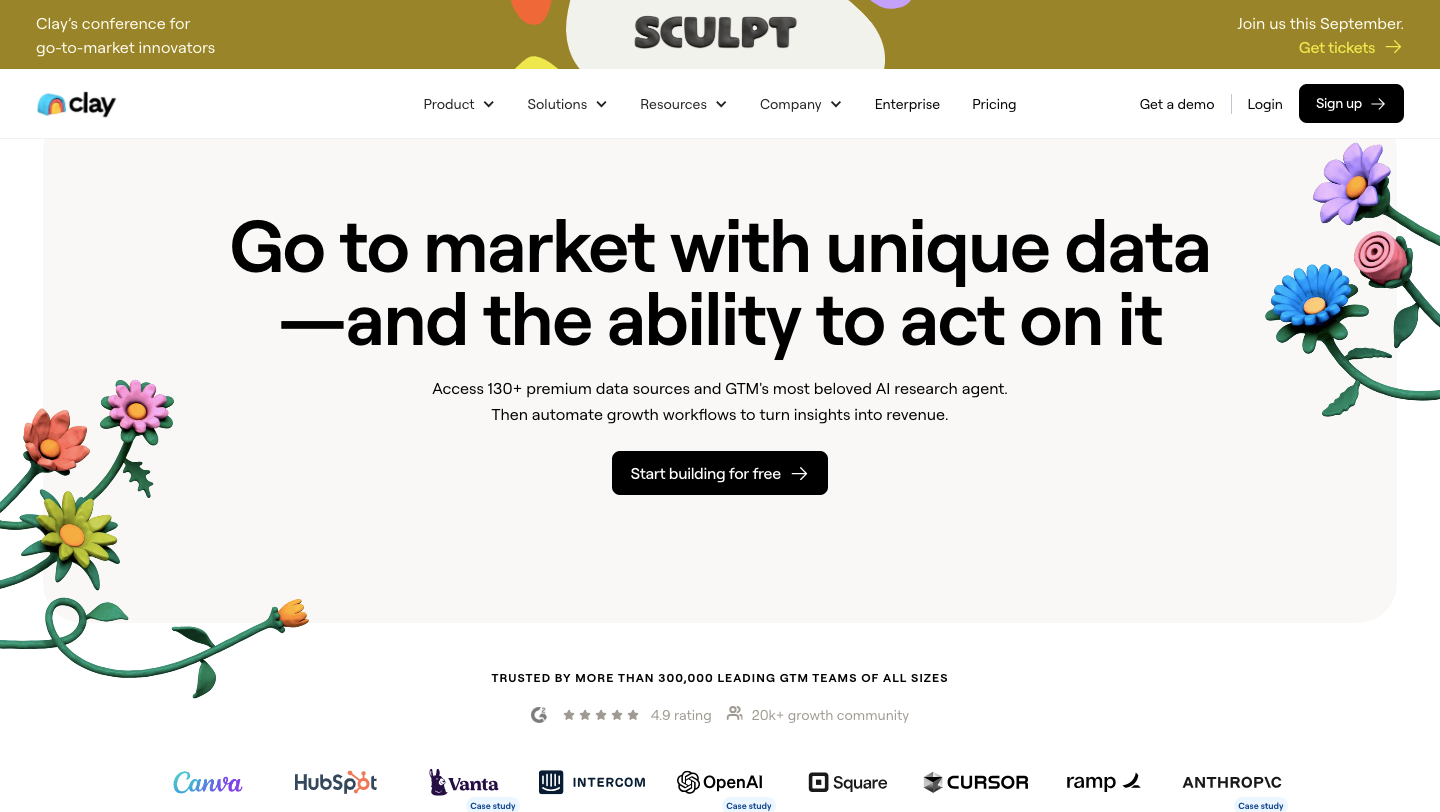
Clay is a flexible enrichment and automation platform built for teams who want to run complex GTM workflows without writing code. You can pull data from 100+ sources, trigger outbound steps, and even generate personalized emails—using a spreadsheet-like interface.
It’s powerful for RevOps and growth teams that want control without relying on engineering. But it’s not plug-and-play—expect a learning curve, and be ready to think like a builder.
Key features
- Waterfall enrichment engine: Pulls data from 100+ premium sources sequentially, ensuring higher coverage and accuracy from a single workflow.
- AI-powered outreach generation: Uses “Claygent” to write tailored emails based on contact insights, intent signals, and company context.
- Drag-and-drop workflow builder: Build complex lead flows—like finding emails, verifying numbers, and sending messages—without writing code.
Pricing
Note: All paid plans include credit rollover (up to 2x) and unlimited users. A 14-day Pro trial is also available without requiring a credit card.
Where Clay shines
- Custom workflows without engineering: Clay gives RevOps and growth teams the ability to build complex data flows in-house—without waiting on a developer backlog.
- Multi-source enrichment at scale: Because it pulls from dozens of sources in one pass, Clay reduces manual list prep and helps teams get fuller profiles in fewer steps.
- AI + automation in one canvas: From finding leads to sending emails, Clay combines enrichment, logic, and outreach into a single interface—ideal for teams looking to streamline experimentation.
Where Clay falls short
- Reliance on external sources: Since Clay aggregates third-party data, accuracy can vary based on the quality and availability of integrated providers.
- High credit usage in testing: Workflow experimentation or misfires can consume credits quickly, making usage planning important.
- Learning curve for advanced workflows: Setting up complex automation flows and managing credits efficiently requires time and familiarity with the platform.
Customer reviews
“Clay is a good tool made for sales to optimize their time and enhance efficiency in the outbound sales process.” - Rayan A., verified G2 reviewer
“It is so complex, so much so that I am put off using it. It takes so much time to get anywhere, and I still haven't gotten any benefit from the tool.” - James B., verified G2 reviewer
Who Clay is best for
- RevOps and GTM teams: Who want to automate enrichment and outreach using a flexible, no-code data orchestration platform.
Adapt.io
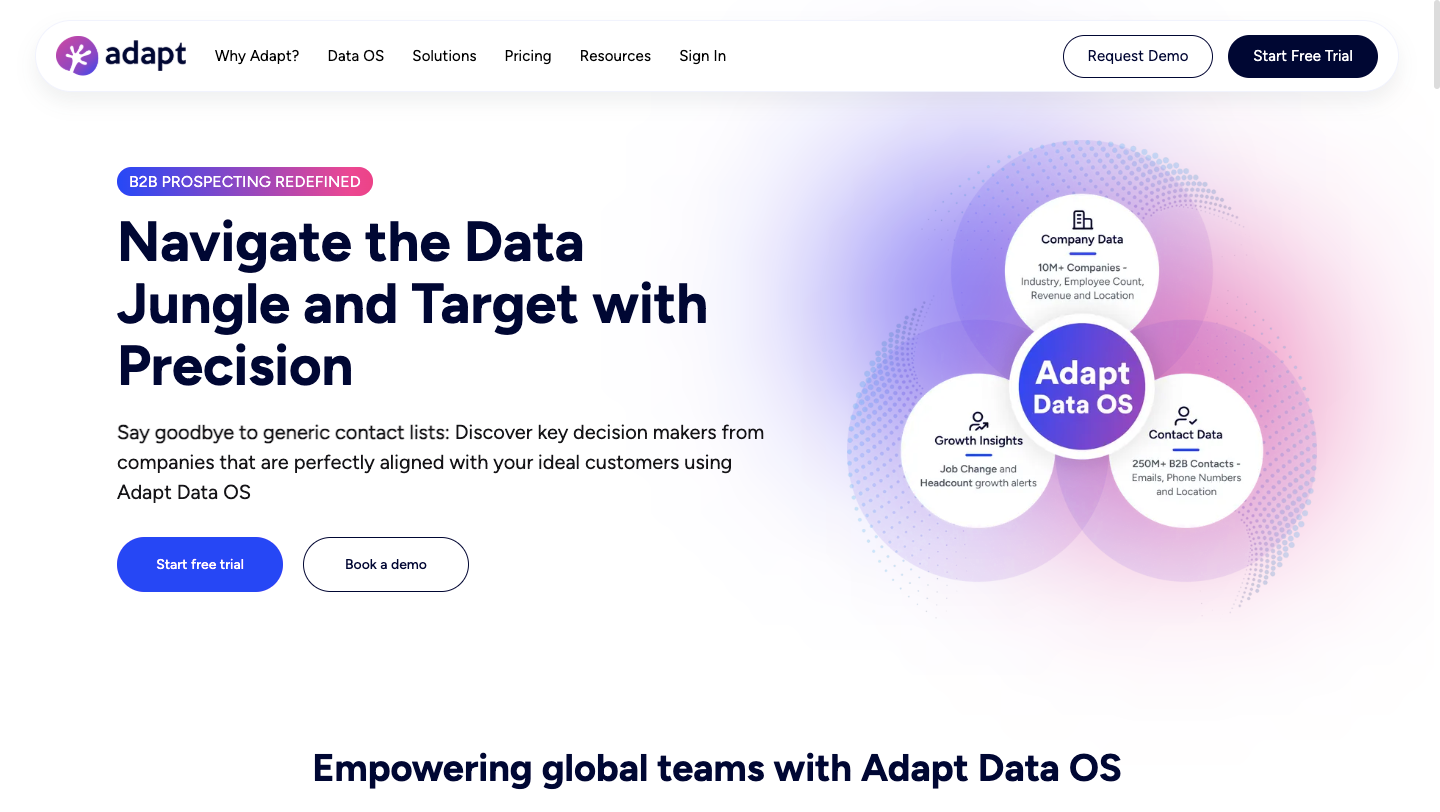
Adapt.io is a simple contact database built for outbound teams that want to start prospecting fast—without the complexity of enrichment layers or intent data. You get verified emails and phone numbers, basic filtering, and a Chrome extension to capture leads as you browse.
It’s best for early-stage sales teams that just need clean contact info and don’t want to overthink setup. But it’s limited in depth—there’s no scoring, orchestration, or deep segmentation.
Key features
- Verified email + phone finder: Export accurate B2B contact details filtered by title, industry, company size, and geography.
- Simple CRM integration: Push lead data directly into Salesforce, Pipedrive, or HubSpot with minimal setup.
- Chrome extension: Enrich and save leads while browsing LinkedIn or company websites—no context switching needed.
Pricing
Note: Adapt.io offers a 7-day free trial with full filtering access and 50 contact unlocks. Team trials are also available on request for collaborative evaluation.
Where Adapt.io shines
- Straightforward data access: Ideal for teams that want to build outbound lists fast—without training or complexity.
- Budget-friendly: Lower cost than ZoomInfo or Apollo, with solid accuracy for common roles and regions.
- Low learning curve: Reps can start prospecting minutes after signing up.
Where Adapt.io falls short
- Lacks enrichment depth: Doesn’t include firmographic overlays, lead scoring, or buyer intent signals.
- Limited data in niche verticals: Contact quality drops for specialized industries or global roles.
- No GTM automation features: Doesn’t support routing, sequencing, or inbound workflows—just data delivery.
Customer reviews
“Adapt.io is a fantastic tool for finding accurate, up-to-date contact details. It’s been a huge time-saver for our lead generation, and the seamless CRM integration makes it even better.” - Guffran Sabila M., verified G2 reviewer
“The fact that it minimizes every time I change tabs bothers me. Also, had Adapt have some database storage facility as other similar ones have, then it would have been more helpful.” - Udaya M., verified G2 reviewer
Who Adapt.io is best for
- Lean sales teams and startups: that need affordable access to verified contact data, with minimal setup and no enrichment bloat.
UpLead
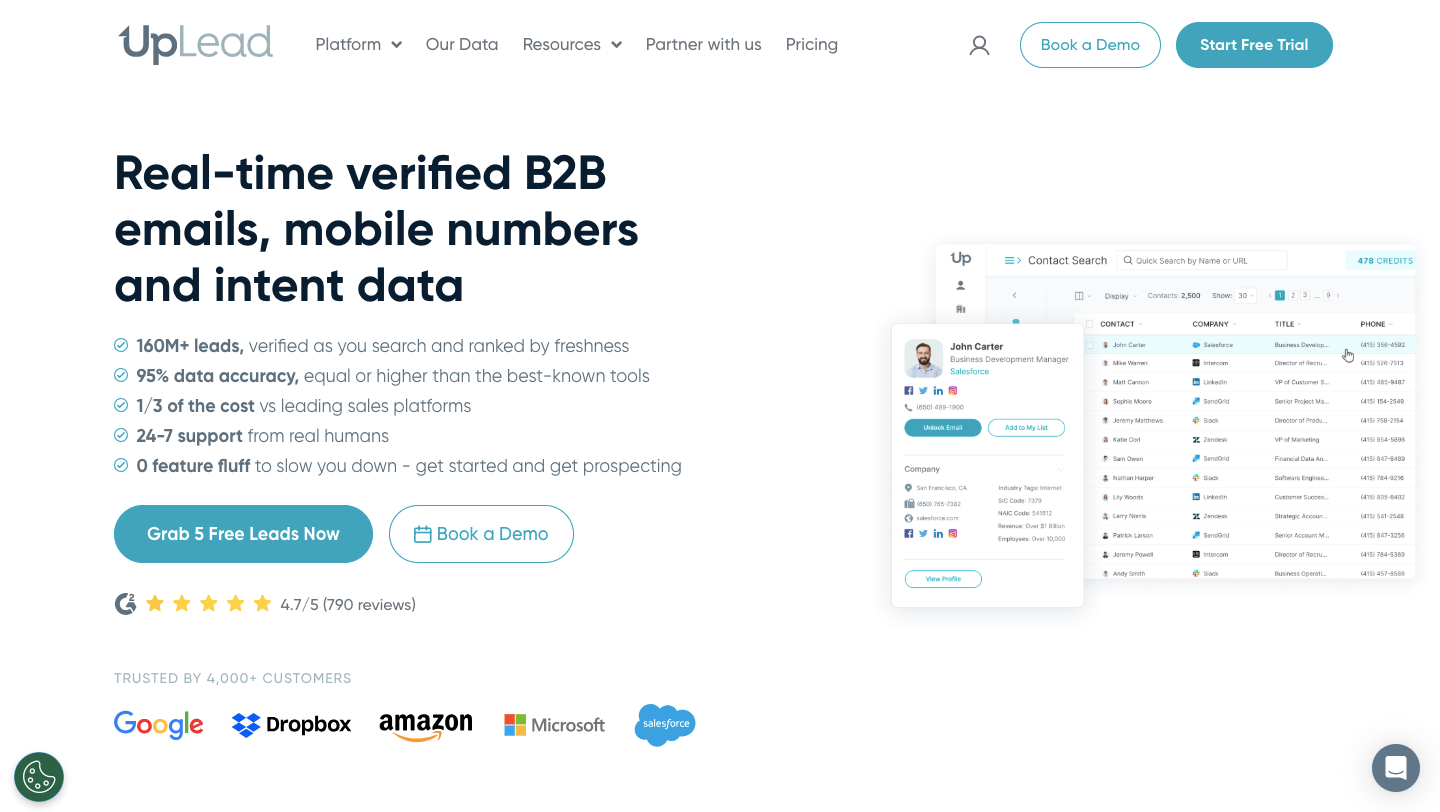
UpLead focuses on one thing: data accuracy. Every contact is verified in real time before export, so teams can prospect with confidence and keep bounce rates low. It’s a fit for outbound orgs where email deliverability matters more than scale.
It’s not built for orchestration or real-time workflows, but if you’re running lean outbound and want reliable data without surprises, UpLead delivers on the fundamentals.
Key features
- Real-time email verification: Contacts are checked upon export—protecting sender reputation and keeping bounce rates low.
- Advanced firmographic filters: Target leads by revenue, tech stack, location, and job title with an intuitive UI.
- CRM + enrichment integrations: Syncs with Salesforce, HubSpot, and 1,500+ apps via native tools and Zapier.
Pricing
Note: UpLead offers a 7-day free trial with 5 credits and access to verified emails, mobile numbers + Chrome extension to evaluate data quality before you commit.
Where UpLead shines
- Exceptional data accuracy: Reduces bounce rates and supports high-performing outbound sequences.
- Fast, intuitive search: Clean UI helps reps find ideal contacts quickly—no onboarding required.
- Transparent pricing: Clear credit-based model avoids surprises or upsell friction.
Where UpLead falls short
- No orchestration workflows: Doesn’t support routing, scheduling, or inbound flows like Default.
- Weaker global/enterprise depth: Limited coverage for niche roles or large accounts outside North America.
- No intent or scoring: Can’t prioritize by buyer signals or lead readiness.
Customer reviews
“UpLead is very user friendly. It is simple to use and the results are immediate.” - Jakki B., verified G2 reviewer
“Sometimes there are many invalid emails and i pay tickets to know it.” - Ilaria M., verified G2 reviewer
Who UpLead is best for
- Teams focused on deliverability: that need verified, accurate contact data without paying for scale they won’t use.
Reasons to consider an alternative to ZoomInfo
ZoomInfo remains a leader in B2B data, but its legacy architecture, pricing model, and outbound-first design often create friction for modern GTM teams. If you're running an inbound-heavy motion, optimizing speed-to-lead, or consolidating bloated tech stacks, it may be time to rethink your tools.
Here are four common reasons high-performing teams make the switch:
#1: You’re locked into a rigid contract—paying for seats you don’t use
ZoomInfo pricing is bundled, gated, and built around annual commitments. Even if your usage shifts or a team stops using it, you’re still stuck paying for the full stack. That creates friction during procurement—and adoption headaches later.
How Default solves this:
Default uses a usage-based model that scales with your pipeline—not your headcount. No bundles. No hidden tiers. Just pricing aligned to the teams and workflows actually driving revenue.
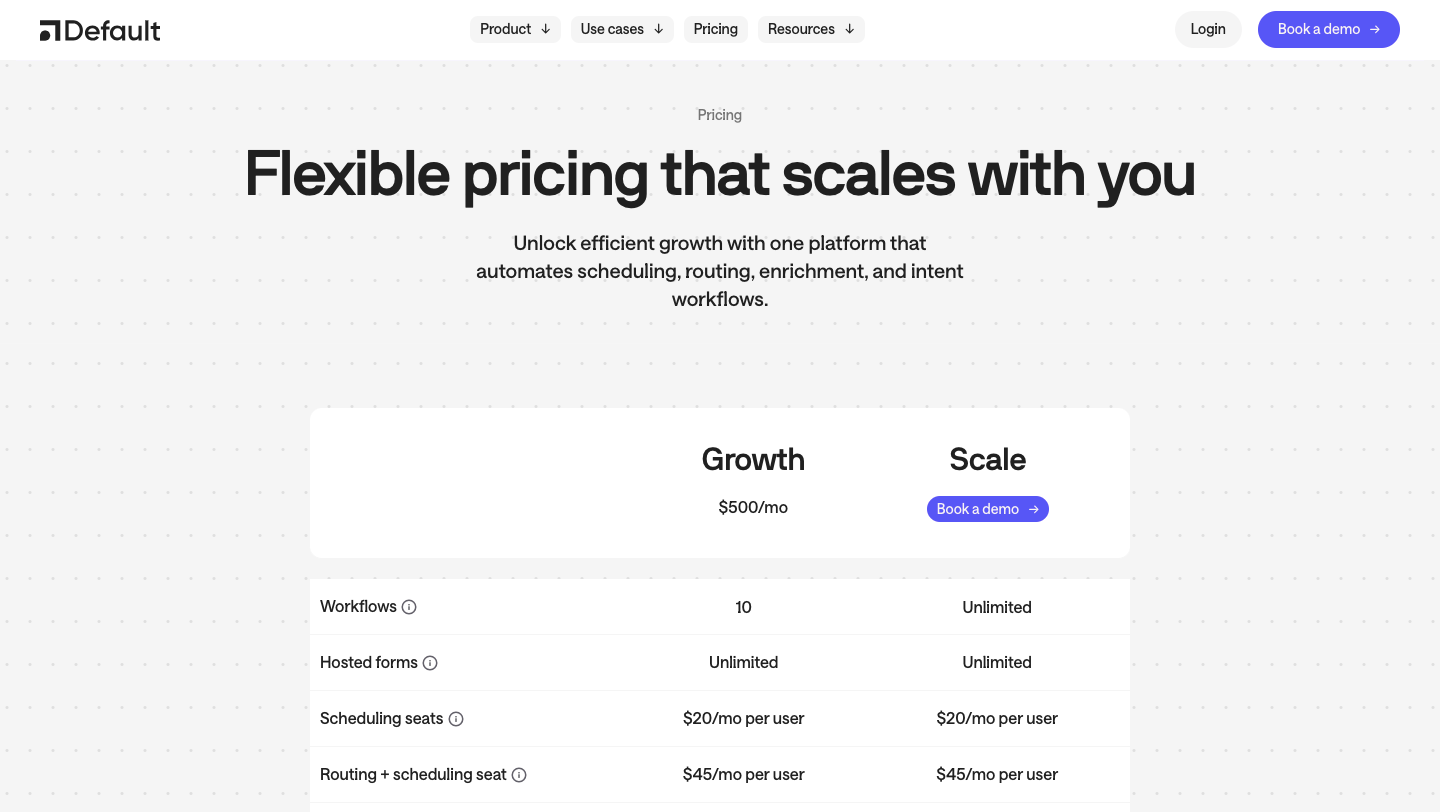
Reason #2: You’re paying for features your team doesn’t even touch.
ZoomInfo bundles enrichment, orchestration, intent, chat, and more into a sprawling platform—but most teams only use a sliver of it. That means feature fatigue, unused seats, and a bloated tech stack that’s harder to manage than it needs to be.
How Default solves this:
Default focuses on what inbound RevOps teams actually use: routing, enrichment, scheduling, and CRM sync. No fluff. No add-ons you have to turn off. Just the core building blocks of a clean GTM flow.
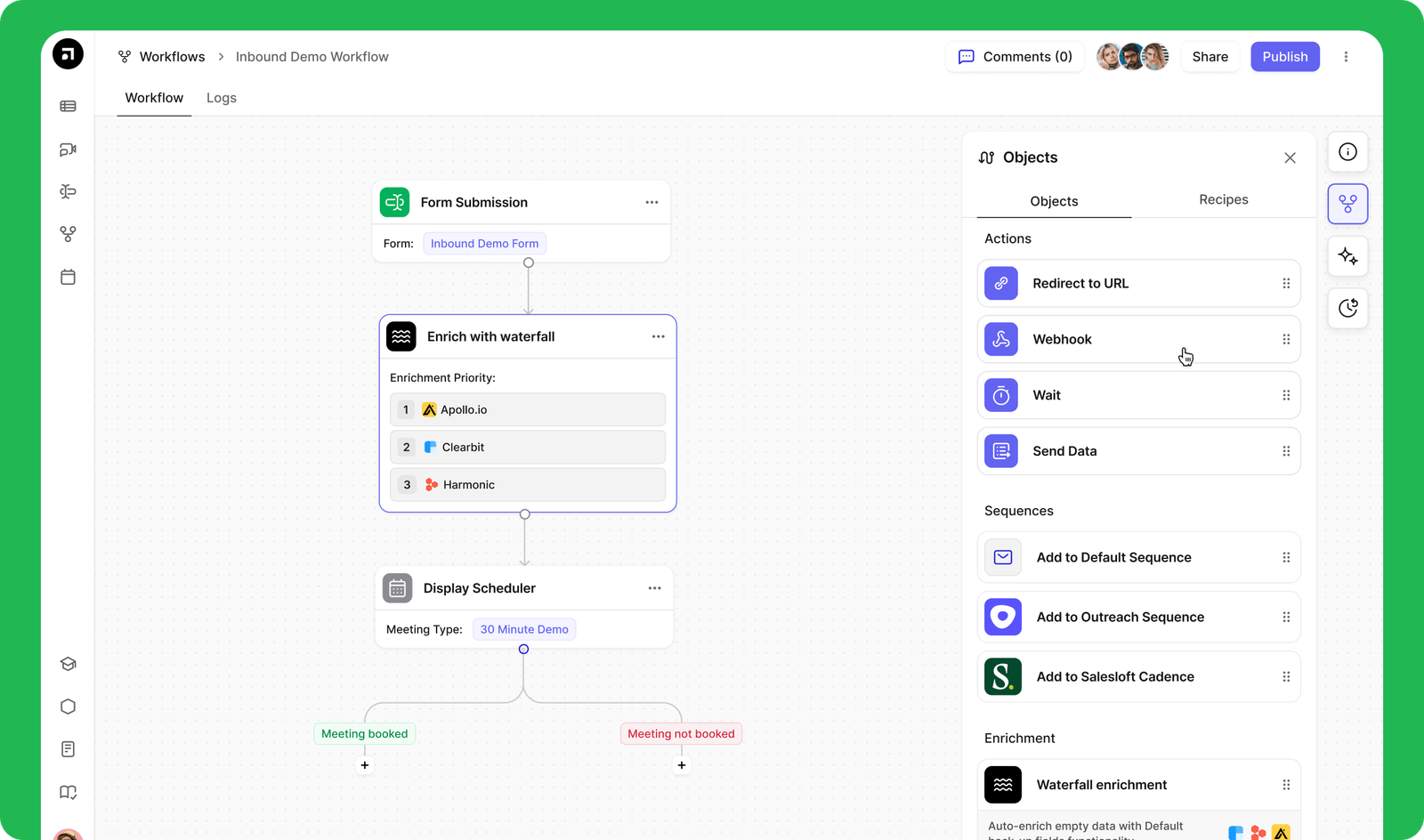
Reason #3: You enrich leads in one tool—then route them manually (or not at all)
ZoomInfo enriches leads, but routing and scheduling happen elsewhere—usually via custom logic, Zapier hacks, or another tool entirely. That fragmentation causes lead lag, misroutes, and poor CRM hygiene.
How Default solves this:
Default connects enrichment, routing, and scheduling in a single flow. A form fill triggers enrichment, territory logic, calendar handoff, and CRM sync—instantly.
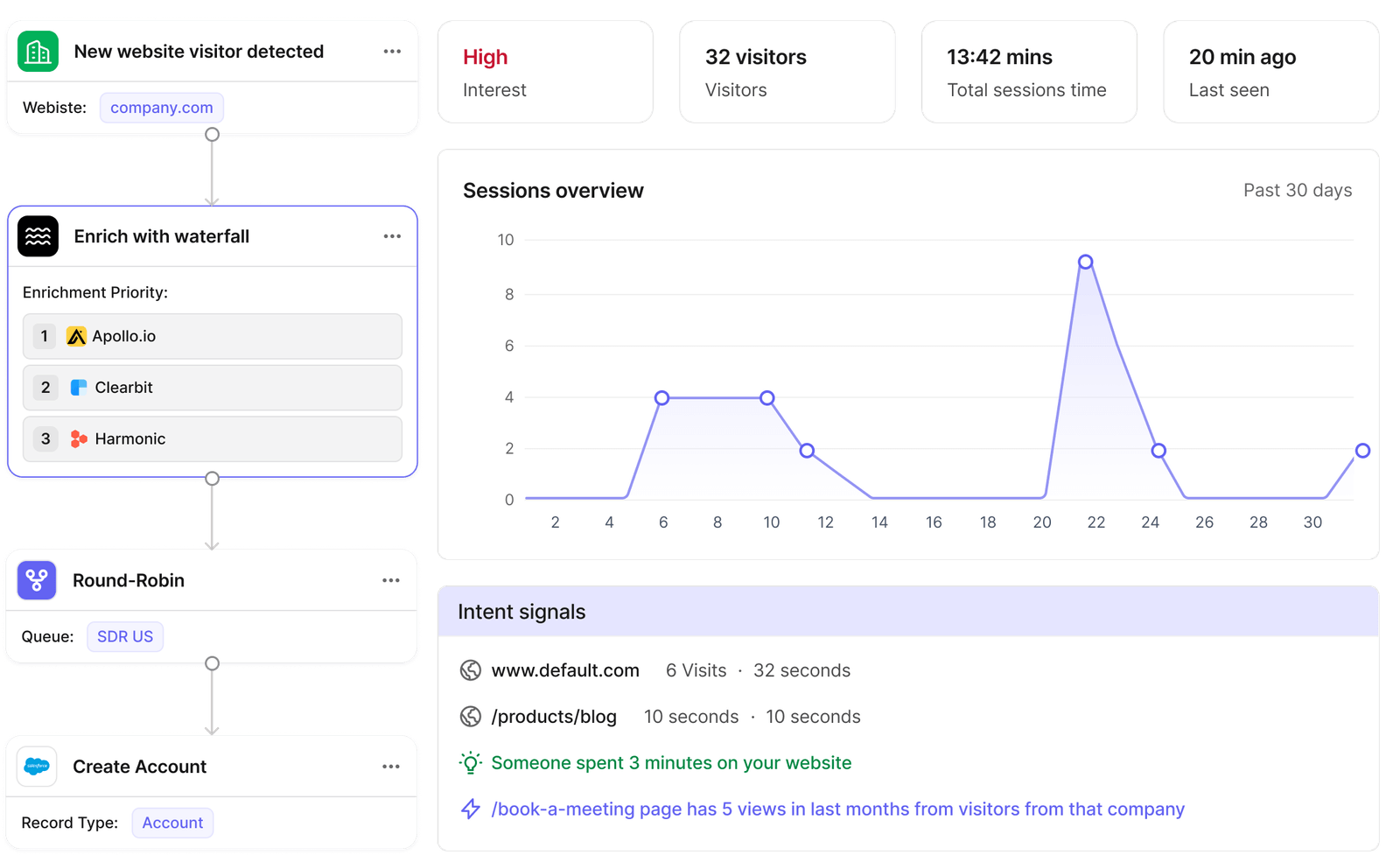
Reason #4: It’s built for outbound—and struggles with inbound speed
ZoomInfo shines in list-building and cold outreach, but it wasn’t designed for fast-moving inbound flows. If your GTM depends on forms, demo requests, or website hand-raisers, you’ll hit friction fast: laggy routing, missed SLAs, and reps chasing leads that went cold.
How Default solves this:
Default is built for real-time inbound orchestration. It enriches and routes leads instantly, shows the right calendar, and logs the outcome—without needing dev time or downstream hacks.
Choose Defaults’ GTM stack built for your motion—not someone else’s
ZoomInfo was built for outbound—and that’s where it still shines. But if your pipeline is driven by inbound, speed-to-lead, and demo conversion, its stitched-together workflows and rigid pricing will slow you down.
Default gives RevOps teams control, clarity, and real results:
- Unified enrichment, routing, and scheduling in one flow
- Faster lead-to-demo handoff—without code or guesswork
- Clean pipeline data and complete GTM visibility
It’s trusted by high-performing teams that care about speed, structure, and accountability.
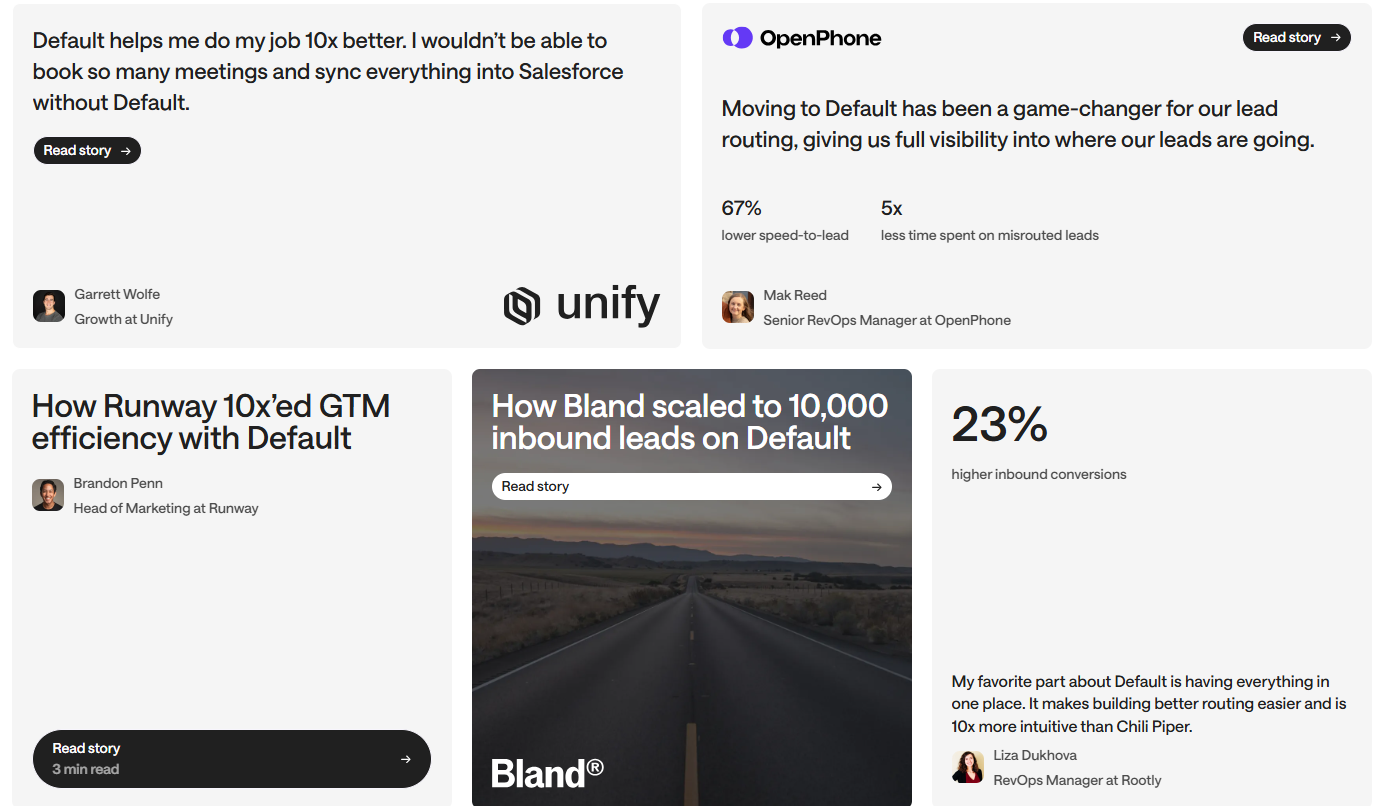
Book a demo and start turning leads into revenue—faster.
Conclusion

Former pro Olympic athlete turned growth marketer! Previously worked at Chili Piper and co-founded my own company before joining Default two years ago.
Accelerate your growth with Default.
Revamp inbound with easier routing, actionable intent, and faster scheduling















.png)


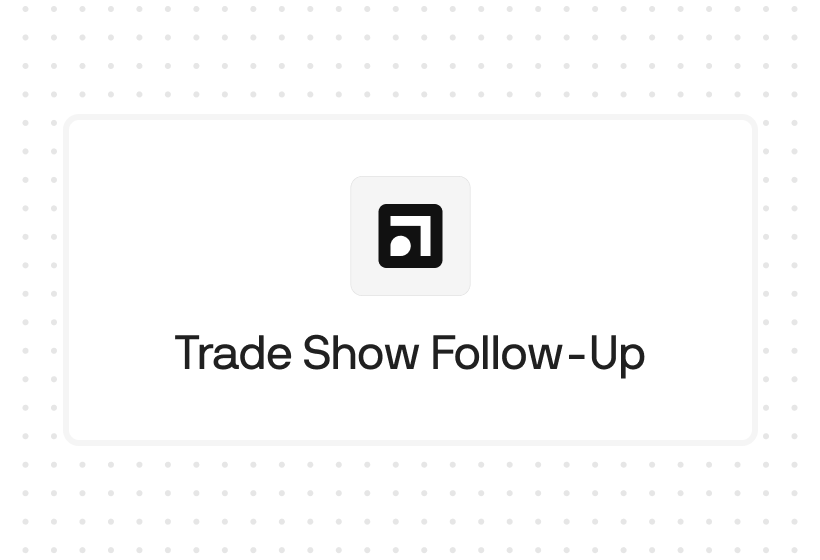
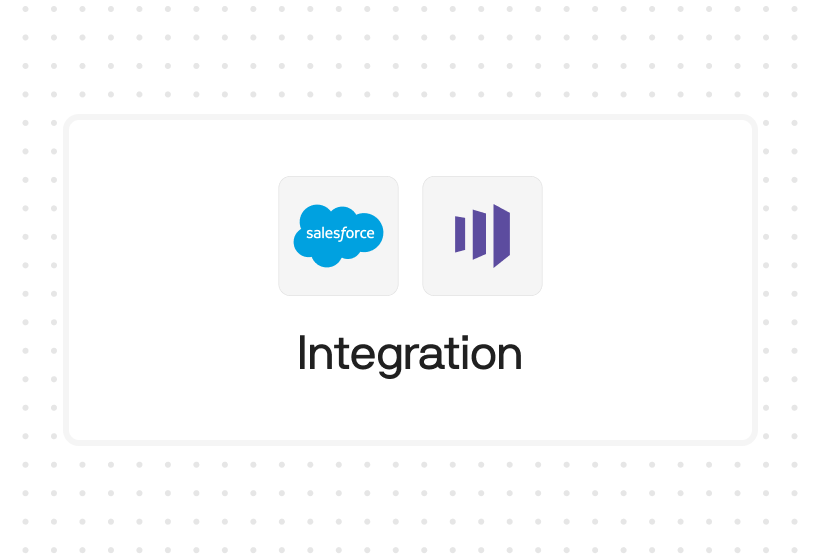




%201.svg)



.svg)





%201.svg)



%201.svg)

